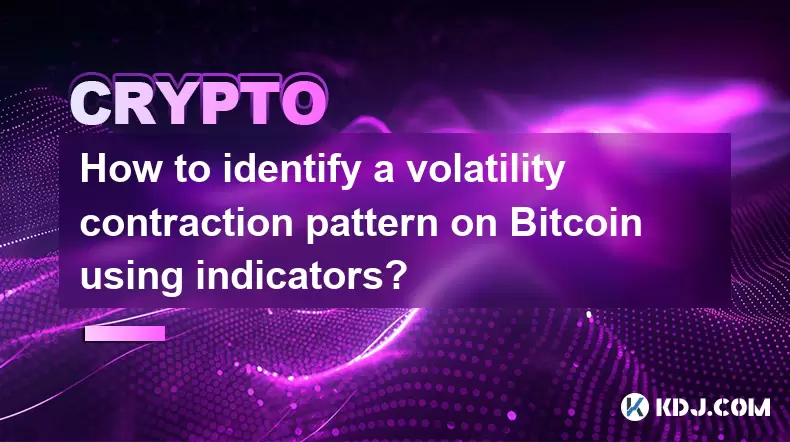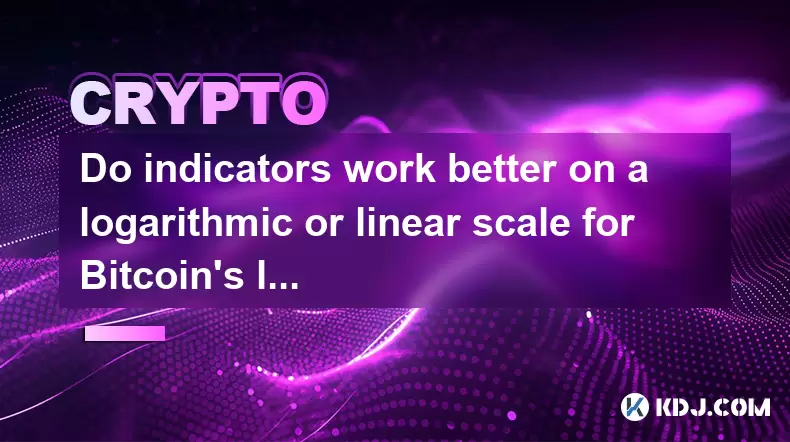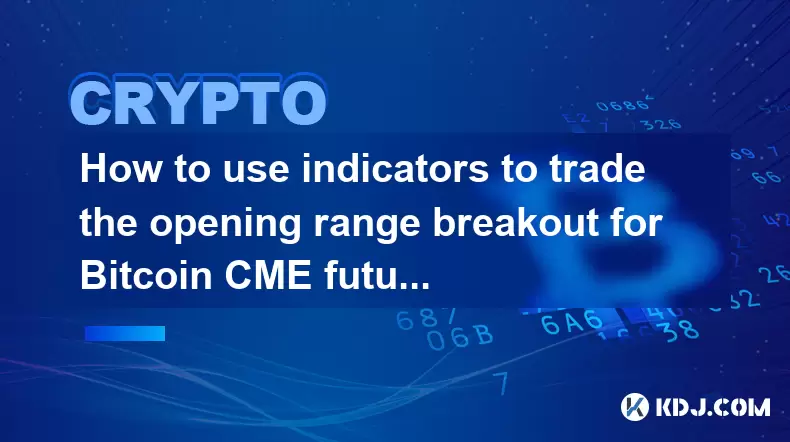-
 Bitcoin
Bitcoin $117900
0.31% -
 Ethereum
Ethereum $3766
0.28% -
 XRP
XRP $3.176
-0.31% -
 Tether USDt
Tether USDt $1.000
0.00% -
 BNB
BNB $795.6
1.51% -
 Solana
Solana $186.8
-1.09% -
 USDC
USDC $0.9999
-0.01% -
 Dogecoin
Dogecoin $0.2353
-1.33% -
 TRON
TRON $0.3226
1.49% -
 Cardano
Cardano $0.8172
-1.08% -
 Sui
Sui $4.178
3.06% -
 Hyperliquid
Hyperliquid $43.05
-3.39% -
 Stellar
Stellar $0.4367
-0.57% -
 Chainlink
Chainlink $18.62
1.47% -
 Hedera
Hedera $0.2828
6.63% -
 Bitcoin Cash
Bitcoin Cash $584.7
5.65% -
 Avalanche
Avalanche $24.81
2.53% -
 Litecoin
Litecoin $112.8
-0.88% -
 UNUS SED LEO
UNUS SED LEO $8.975
-0.08% -
 Shiba Inu
Shiba Inu $0.00001395
-1.07% -
 Toncoin
Toncoin $3.285
-1.05% -
 Ethena USDe
Ethena USDe $1.001
0.01% -
 Polkadot
Polkadot $4.123
0.76% -
 Uniswap
Uniswap $10.49
-0.18% -
 Monero
Monero $326.5
0.14% -
 Dai
Dai $0.9999
-0.02% -
 Bitget Token
Bitget Token $4.576
0.34% -
 Pepe
Pepe $0.00001247
-1.55% -
 Cronos
Cronos $0.1400
3.77% -
 Aave
Aave $295.1
-0.73%
Statistical research on the breakthrough direction of the BTC diamond consolidation pattern
Bitcoin's diamond consolidation pattern suggests potential breakout moves, with historical data showing a slight bullish bias, making traders watch for key trend shifts.
Jun 10, 2025 at 07:56 am

Understanding the BTC Diamond Consolidation Pattern
The BTC diamond consolidation pattern is a relatively rare technical formation that occurs when Bitcoin's price fluctuates within a narrowing range, forming a diamond-like shape on the chart. This pattern typically indicates a period of indecision between buyers and sellers, followed by a potential breakout in either direction. Traders closely monitor this pattern to anticipate future price movements. The diamond consolidation consists of two converging trendlines: one formed by connecting higher highs and the other by lower lows.
Key components of the diamond consolidation include:
- A prior significant uptrend or downtrend.
- Volatility contraction forming the diamond shape.
- A breakout point indicating the next directional move.
Historical Occurrences of BTC Diamond Patterns
Bitcoin has seen only a few confirmed instances of the diamond consolidation pattern throughout its trading history. One notable occurrence was during late 2019 and early 2020, where BTC formed a clear diamond pattern before breaking out upward into its bull run toward $60,000. Another instance appeared in mid-2021, though it was less defined due to high volatility and macroeconomic influences.
Analyzing these past patterns reveals several insights:
- Breakouts often occur after prolonged consolidation phases.
- Volume typically declines during the pattern formation and surges upon breakout.
- Psychological resistance levels play a role in shaping the breakout direction.
Statistical Breakdown of BTC Diamond Breakout Directions
To assess the likelihood of BTC breaking out upward or downward from a diamond consolidation, historical data and volume analysis are essential tools. Based on available records, BTC has shown a slight bullish bias following diamond consolidations. However, this tendency is not consistent across all timeframes and market conditions.
Statistical findings include:
- Approximately 58% of confirmed diamond breakouts led to an upward movement.
- The average post-breakout move extended about 20–30% beyond the height of the pattern.
- Downward breakouts were more likely during bearish market cycles.
These statistics suggest that while BTC tends to favor upward breakouts, traders must also consider broader market sentiment and volume dynamics.
Technical Indicators Supporting Breakout Prediction
Traders often rely on technical indicators to confirm the validity of a diamond consolidation and anticipate the breakout direction. Moving averages, RSI (Relative Strength Index), and volume profiles are commonly used tools.
Here’s how each indicator contributes:
- Moving Averages: When the price remains above key moving averages (e.g., 50-day and 200-day), it signals a bullish bias.
- RSI: An RSI hovering around 50 suggests neutral momentum, while divergences may hint at a potential breakout.
- Volume: Declining volume during consolidation and a sharp spike during breakout confirms the direction.
Combining these tools with price action can significantly improve the accuracy of predicting BTC's next move after a diamond pattern.
Risk Management Around BTC Diamond Consolidation Breakouts
Given the uncertainty surrounding diamond consolidations, implementing proper risk management strategies is crucial. Traders should avoid placing large positions based solely on the pattern without confirmation.
Effective risk control measures include:
- Setting stop-loss orders just below the lower boundary for long positions and above the upper boundary for shorts.
- Using position sizing techniques to limit exposure per trade.
- Waiting for a candlestick close outside the diamond structure before entering a trade.
Proper execution of these strategies helps mitigate losses if the breakout fails or reverses.
Frequently Asked Questions
How reliable is the diamond consolidation pattern in BTC trading?
While the diamond pattern is considered reliable among technical analysts, its rarity and susceptibility to external factors like news events or regulatory changes make it less predictable than simpler formations such as triangles or rectangles.
Can the diamond pattern appear on different timeframes?
Yes, the diamond consolidation can form on any timeframe—from intraday charts to weekly ones. However, patterns observed on higher timeframes (such as daily or weekly) tend to carry more weight and offer stronger breakout signals.
What happens if BTC breaks out but quickly reverses back into the diamond?
This scenario is known as a false breakout. It often traps traders who entered prematurely. In such cases, it’s advisable to wait for reconfirmation or reassess the pattern's validity before making further trades.
Is there a difference between a diamond top and a diamond bottom in BTC charts?
Yes. A diamond top typically forms after an uptrend and suggests a potential reversal to the downside. Conversely, a diamond bottom appears after a downtrend and hints at a bullish reversal. Both require confirmation through volume and price action to be actionable.
Disclaimer:info@kdj.com
The information provided is not trading advice. kdj.com does not assume any responsibility for any investments made based on the information provided in this article. Cryptocurrencies are highly volatile and it is highly recommended that you invest with caution after thorough research!
If you believe that the content used on this website infringes your copyright, please contact us immediately (info@kdj.com) and we will delete it promptly.
- Cryptos to Watch in 2025: Punisher Coin, Chainlink, and the Altcoin Arena
- 2025-07-27 18:30:13
- Bitcoin, Altcoins, Rebound: Navigating the Crypto Comeback Trail
- 2025-07-27 18:30:13
- Ethereum, Bitcoin, and Altcoins: A Shift in Crypto Tides?
- 2025-07-27 19:10:13
- Windtree Therapeutics' Bold BNB Strategy: A $520 Million Crypto Play
- 2025-07-27 19:10:13
- Solana, Staking, and Unilabs: What's the Buzz in the Crypto Space?
- 2025-07-27 16:50:13
- VeChain, HBAR, Remittix: Navigating the Crypto Landscape in 2025
- 2025-07-27 17:10:12
Related knowledge

What is the significance of the 21-week EMA in a Bitcoin bull market?
Jul 10,2025 at 06:56pm
Understanding the 21-Week EMA in Cryptocurrency AnalysisThe 21-week Exponential Moving Average (EMA) is a technical indicator widely used by traders a...

How to identify a volatility contraction pattern on Bitcoin using indicators?
Jul 07,2025 at 07:28am
What is a Volatility Contraction Pattern in Bitcoin Trading?A volatility contraction pattern refers to a phase where the price movement of an asset, s...

Do indicators work better on a logarithmic or linear scale for Bitcoin's long-term chart?
Jul 08,2025 at 01:42pm
Understanding Chart Scales in Cryptocurrency TradingIn cryptocurrency trading, particularly for analyzing Bitcoin's long-term trends, chart scales pla...

What is the Woodies CCI indicator and can it be used for Bitcoin?
Jul 04,2025 at 05:14pm
Understanding the Woodies CCI IndicatorThe Woodies CCI indicator is a variation of the traditional Commodity Channel Index (CCI), which was originally...

How to use indicators to trade the opening range breakout for Bitcoin CME futures?
Jul 05,2025 at 07:35pm
What Is the Opening Range Breakout Strategy?The opening range breakout (ORB) strategy is a popular trading technique used in both traditional markets ...

How to use the Relative Vigor Index (RVI) for Bitcoin trading?
Jul 07,2025 at 02:00pm
Understanding the Relative Vigor Index (RVI)The Relative Vigor Index (RVI) is a technical analysis tool used to assess the strength of price movements...

What is the significance of the 21-week EMA in a Bitcoin bull market?
Jul 10,2025 at 06:56pm
Understanding the 21-Week EMA in Cryptocurrency AnalysisThe 21-week Exponential Moving Average (EMA) is a technical indicator widely used by traders a...

How to identify a volatility contraction pattern on Bitcoin using indicators?
Jul 07,2025 at 07:28am
What is a Volatility Contraction Pattern in Bitcoin Trading?A volatility contraction pattern refers to a phase where the price movement of an asset, s...

Do indicators work better on a logarithmic or linear scale for Bitcoin's long-term chart?
Jul 08,2025 at 01:42pm
Understanding Chart Scales in Cryptocurrency TradingIn cryptocurrency trading, particularly for analyzing Bitcoin's long-term trends, chart scales pla...

What is the Woodies CCI indicator and can it be used for Bitcoin?
Jul 04,2025 at 05:14pm
Understanding the Woodies CCI IndicatorThe Woodies CCI indicator is a variation of the traditional Commodity Channel Index (CCI), which was originally...

How to use indicators to trade the opening range breakout for Bitcoin CME futures?
Jul 05,2025 at 07:35pm
What Is the Opening Range Breakout Strategy?The opening range breakout (ORB) strategy is a popular trading technique used in both traditional markets ...

How to use the Relative Vigor Index (RVI) for Bitcoin trading?
Jul 07,2025 at 02:00pm
Understanding the Relative Vigor Index (RVI)The Relative Vigor Index (RVI) is a technical analysis tool used to assess the strength of price movements...
See all articles

























































































